How to Clean Makeup Brushes in 7 Steps
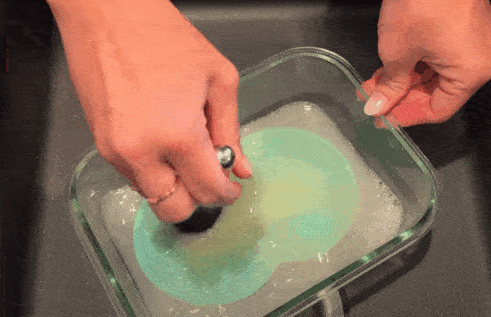
Makeup brushes are essential tools for achieving a flawless look, but they can easily become breeding grounds for bacteria if not properly cleaned. Bacteria, combined with leftover makeup residue, oils, and dirt, can lead to skin irritations, acne, and infections. To maintain healthy skin and ensure your makeup applies smoothly, it’s crucial to establish a regular cleaning routine. Here’s a step-by-step guide on how to effectively clean your makeup brushes.
Editor's Pick: DUAIU 15PCs Marble Makeup Brush Set
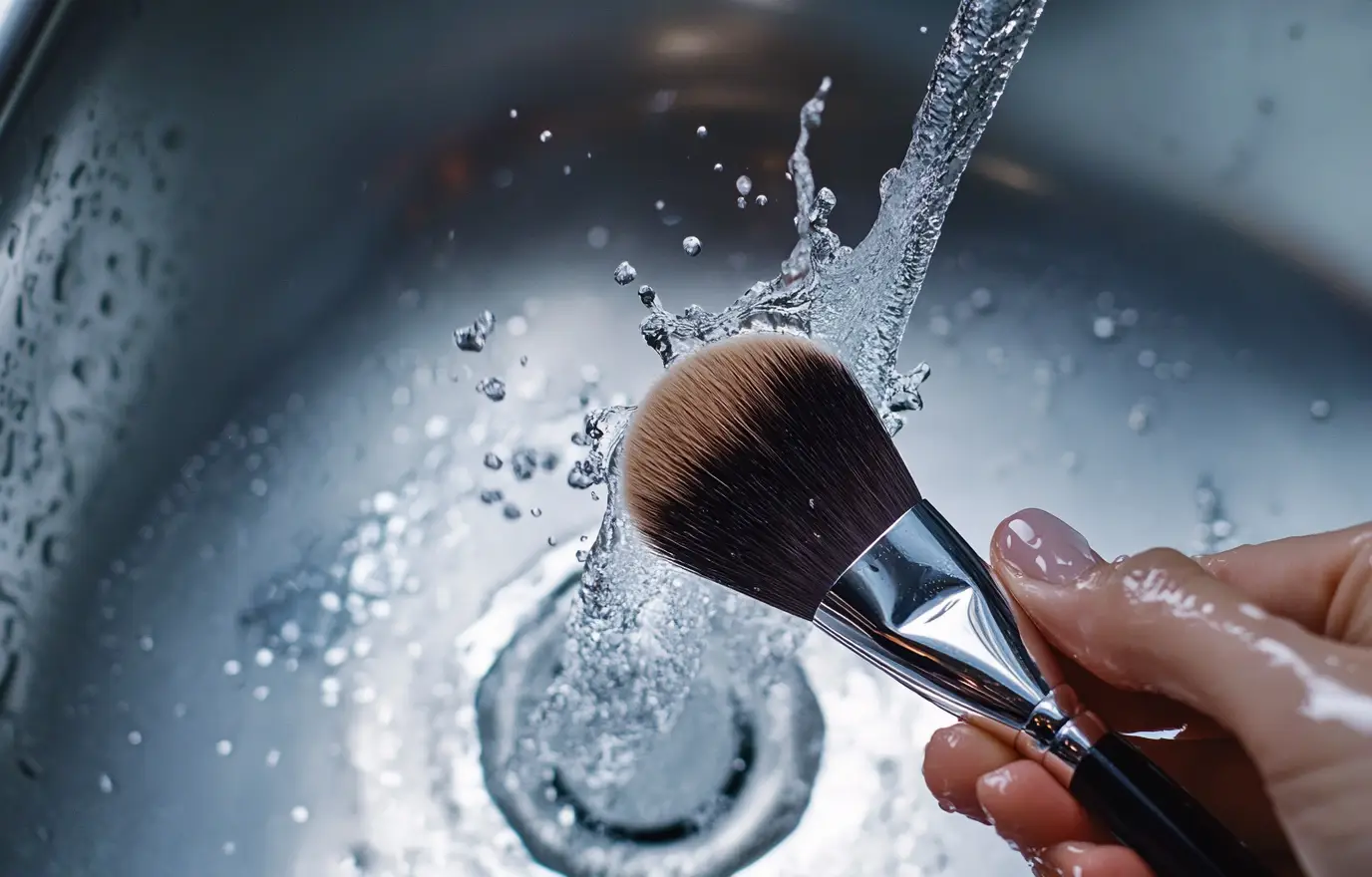
Steps to Clean Your Makeup Brushes
1. Rinse: Start by rinsing the tips of your brushes under lukewarm running water. This initial rinse helps remove excess makeup residue and prevents it from embedding deeper into the bristles. Be careful not to wet the entire brush head, as getting water into the ferrule (the metal part that connects the bristles to the handle) can dissolve the glue that holds the bristles in place. Hold the brushes with the bristles facing downward to avoid water running back up into the handle.
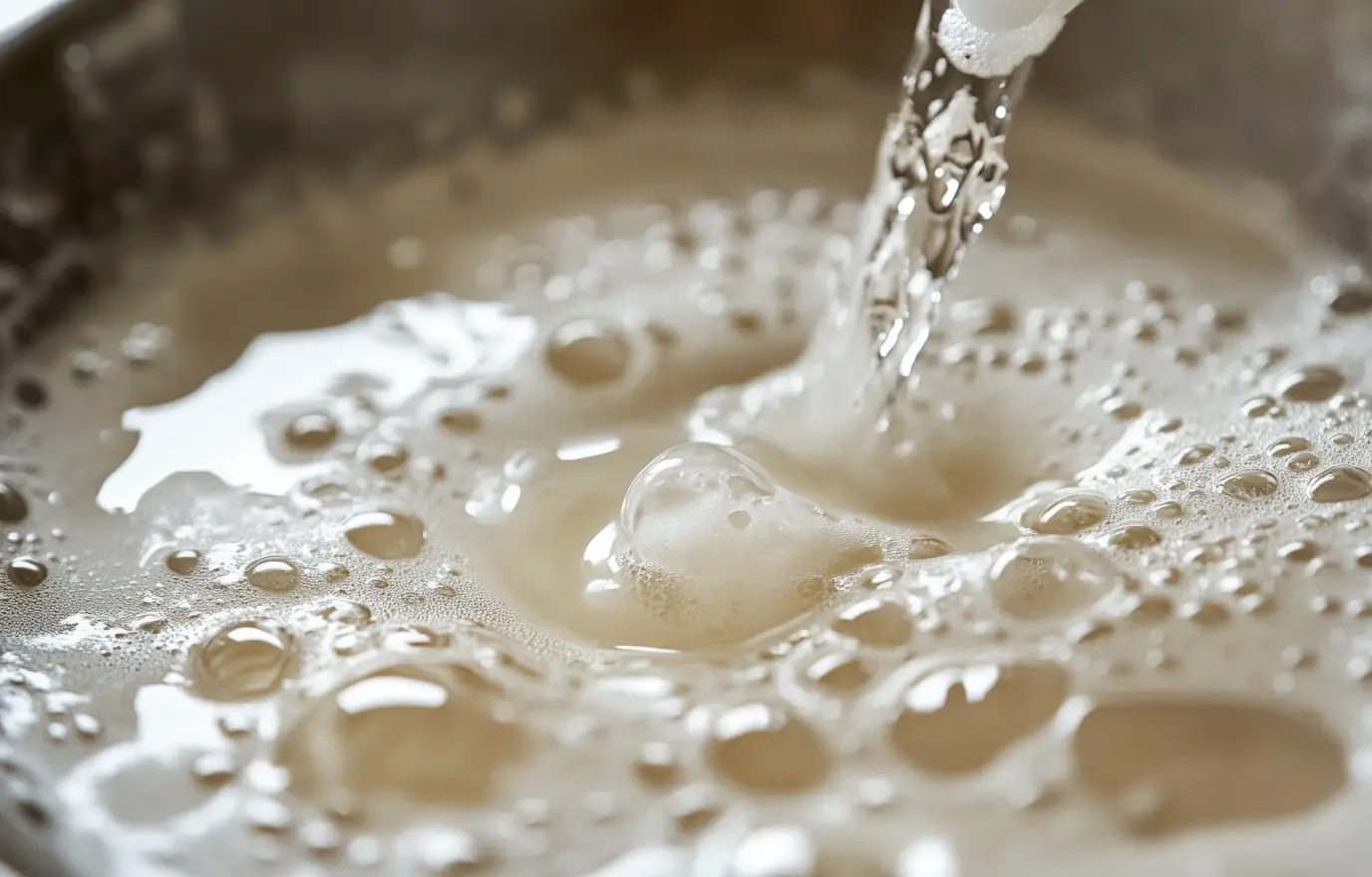
2. Shampoo: Next, prepare a cleaning solution using a gentle or clarifying shampoo. Pour a tablespoon of your chosen shampoo into a small bowl filled with lukewarm water. Swirling the shampoo in the water will create a lather that effectively breaks down makeup products. Avoid using regular soap, as it can strip the bristles of moisture and cause them to become brittle over time. If you have sensitive skin, a baby shampoo is an excellent option due to its mild formula.
Editor's Pick: e.l.f. Makeup Brush Shampoo
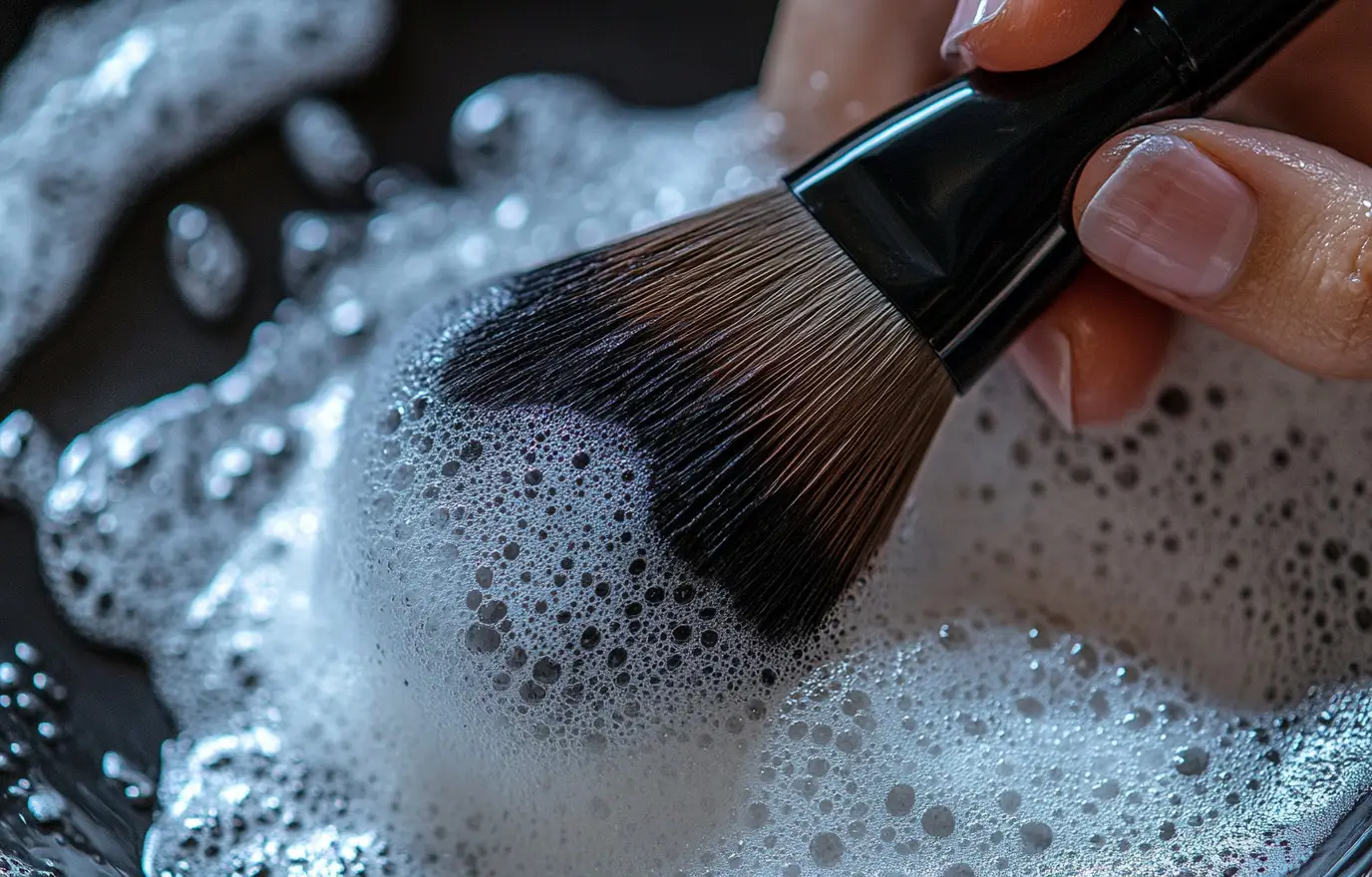
3. Swirl and Massage: Dip the tips of your brushes into the shampoo mixture. Gently swirl the brushes in the solution, allowing the lather to penetrate the bristles. For a deeper clean, massage the bristles against the palm of your hand in circular motions. This action will help dislodge any remaining makeup particles, dirt, or oil trapped in the bristles. Be thorough, but gentle, to avoid damaging the bristles or altering their shape.
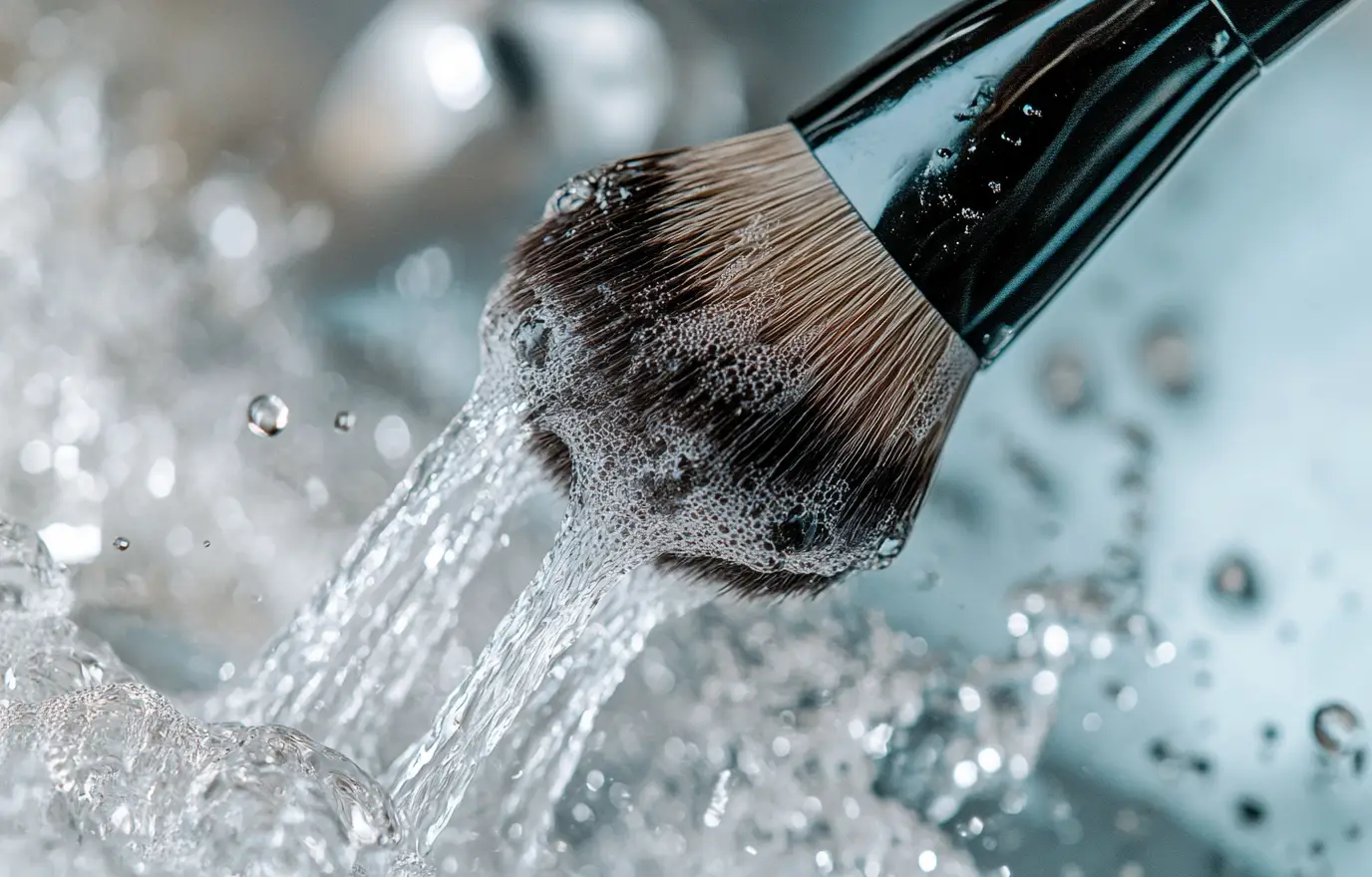
4. Rinse Again: After lathering, rinse the tips of your brushes under lukewarm running water again. Make sure to hold the brushes with the bristles facing downward to prevent water from entering the ferrule. Continue rinsing until the water runs clear, indicating that all makeup residue and shampoo have been removed. This step is crucial to ensure that no product is left behind, which could lead to breakouts or irritation.
5. Repeat: If the water still shows signs of color or makeup after the first rinse, repeat the shampooing and rinsing process. It’s important to be thorough in this step, as any leftover residue can contribute to bacteria growth and diminish the quality of your makeup application.

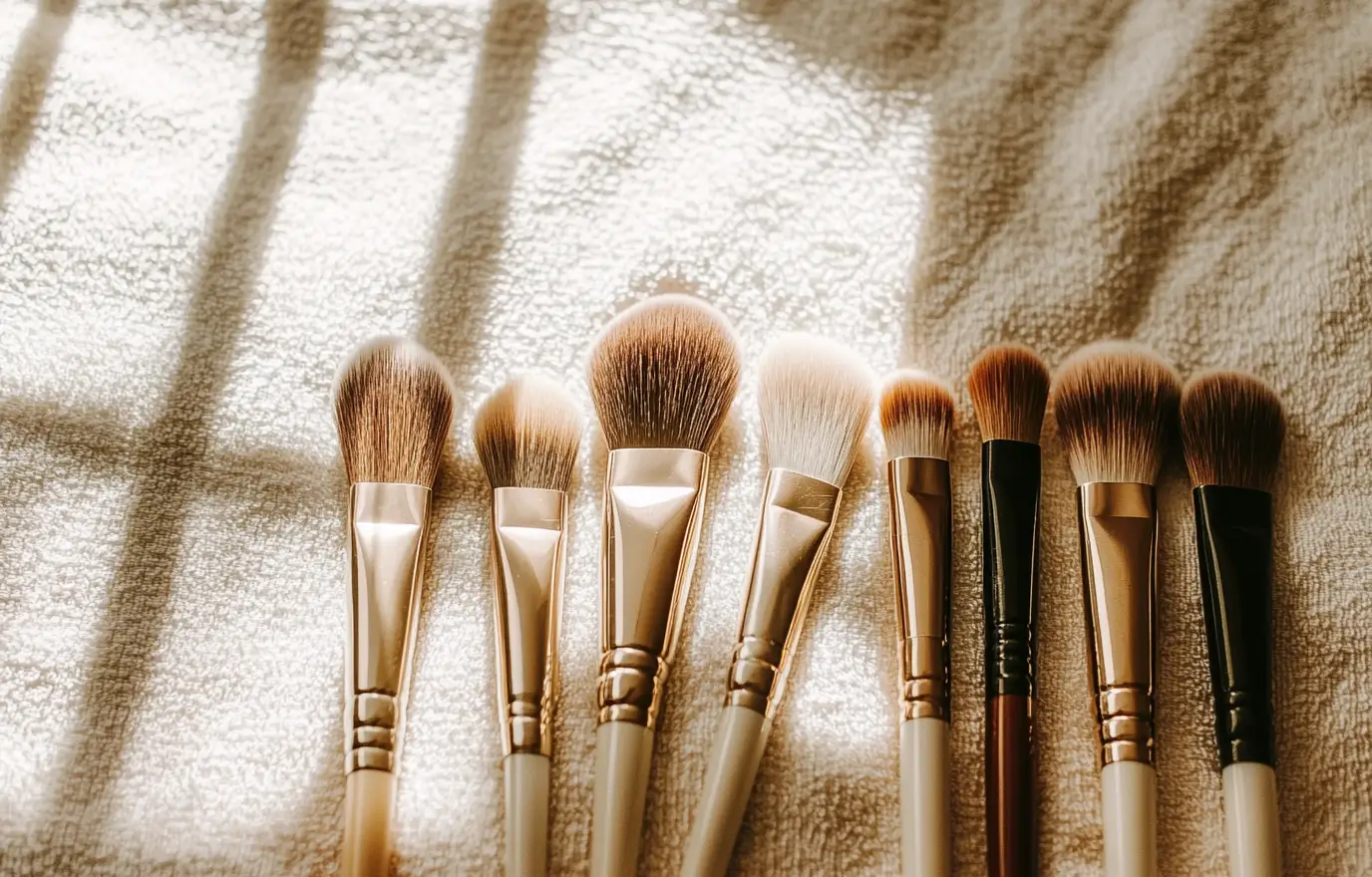
6. Squeeze: Once your brushes are clean, gently squeeze out excess water from the bristles using clean, dry paper towels. Do not twist or pull at the bristles, as this can cause them to become misshapen. Instead, press gently to remove as much water as possible while keeping the bristles intact. This step helps speed up the drying process and ensures that water doesn’t drip down into the handle.
7. Dry: Lay your brushes flat on a dry towel, making sure the tips hang over the edge. This positioning is essential, as it allows any remaining moisture to escape without flowing back into the ferrule, which could weaken the glue over time. Avoid placing the brushes upright in a holder, as this can lead to water pooling at the base of the bristles. Leave them to dry completely, which usually takes about a day.
Drying Time: If you notice that your brushes feel stiff after cleaning, don’t worry. You can apply a little conditioner to the bristles and rinse with water. This will help soften them and restore their original texture.
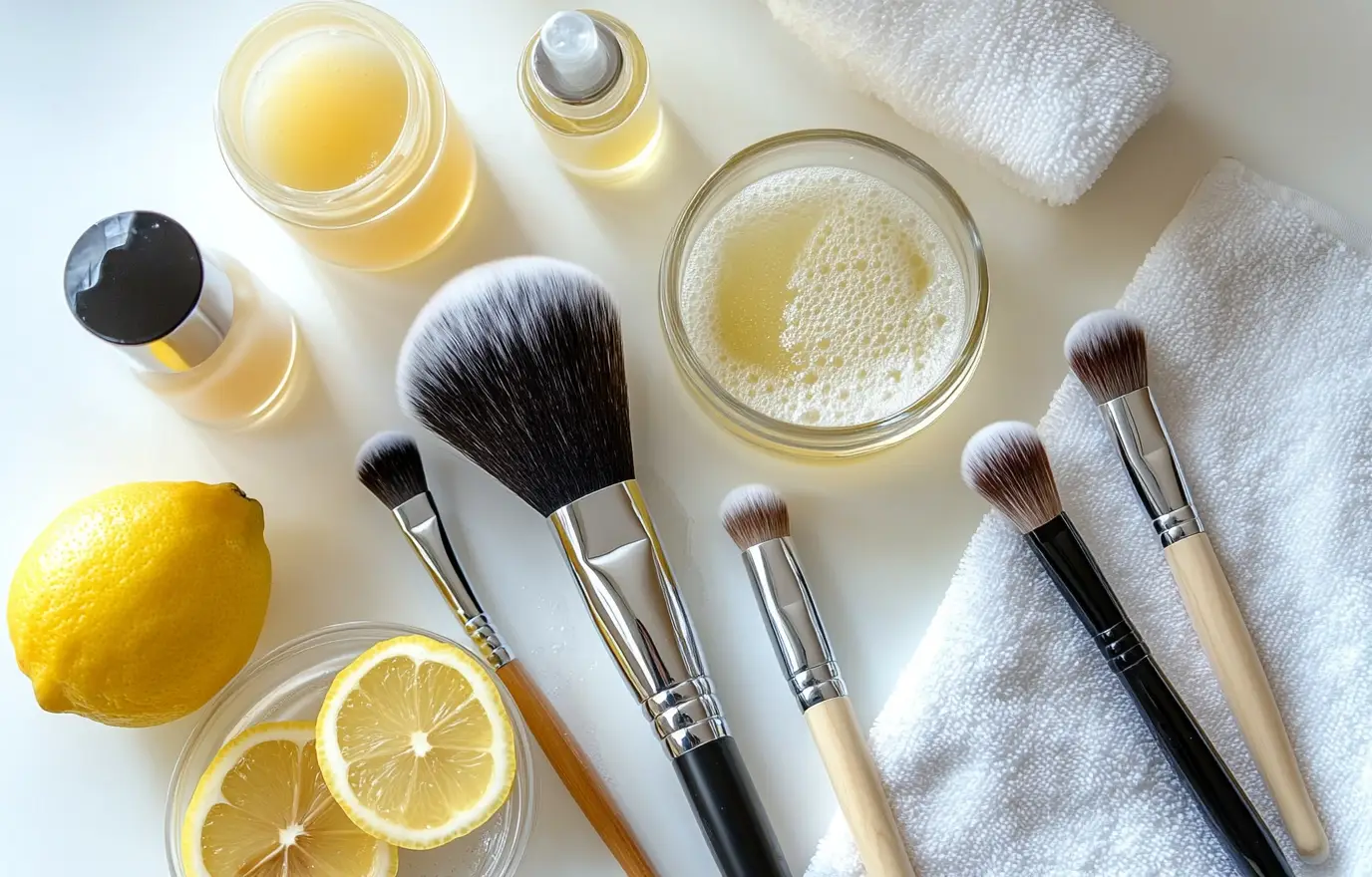
Cleaning Products You Can Use
- Liquid Dish Soap: Effective for caked-on makeup. Apply to a sponge, wipe the brush, rinse, and lay flat to dry.
- Vinegar and Lemon: Mix two tablespoons of white vinegar in hot water for disinfection. Rinse the brush and then rub it against a lemon to eliminate the vinegar smell.
- Baby Shampoo: Gentle on bristles, it cleans effectively. Swirl a drop in lukewarm water, massage, rinse, and dry flat.
Editor's Pick: 2-in-1 Electric Makeup Brush Cleaner Machine
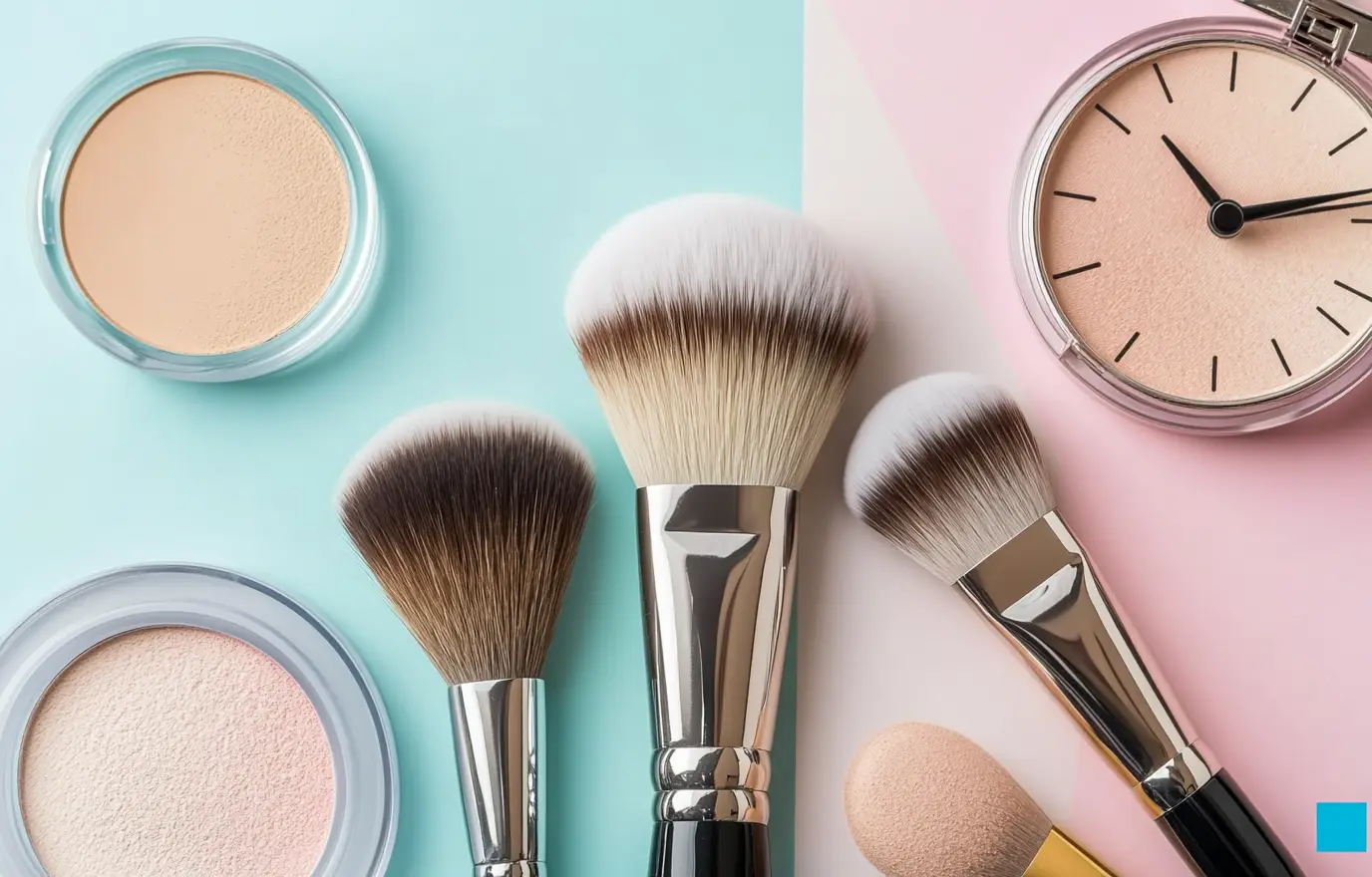
How Often to Clean Your Brushes
- Wet Product Brushes: Clean weekly for brushes used with liquids like foundation or concealer.
- Eye Brushes: Clean every two weeks to reduce the risk of infections.
- Dry Product Brushes: Monthly cleaning is sufficient for brushes used with powders.
Also, don’t forget to clean any sponges used with liquid products to prevent bacteria growth.
Conclusion
Regularly cleaning your makeup brushes helps prevent skin issues and keeps your makeup application effective. Avoid sharing brushes, and if you notice any skin reactions, consult a dermatologist. Replace worn-out brushes for optimal performance.
![]() Top Headlines
Top Headlines
